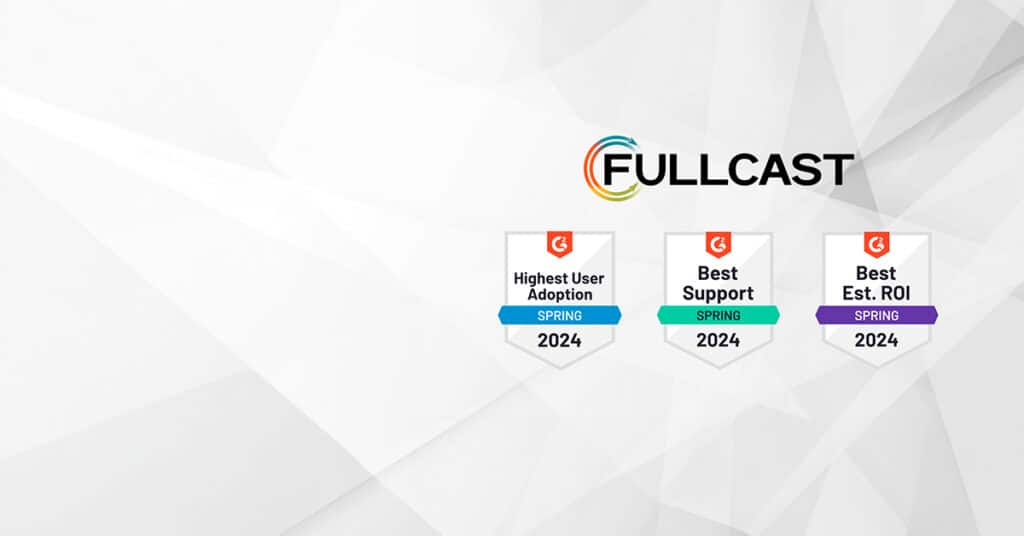COVID-19 has dramatically impacted how we work and how we socialize, and GTM planning is no exception. Even as the world tentatively returns to the office, a lot of uncertainty remains, and organizations of all sizes are struggling to adapt their GTM plans and stay on track.
To help start-ups navigate this shifting landscape, we sat down with Alex Newman to learn more about the biggest challenges COVID has posed to GTM planning, common problems he sees our customers encountering, and advice he has for successfully navigating these speedbumps.
How has COVID-19 Impacted GTM Planning?
Working from Home Has Stymied Collaboration
As workplaces around the world closed their doors and rapidly pivoted to remote work, GTM planning was deeply impacted. Most ops teams are incredibly tight-knit and depend heavily on in-person collaboration with sales leaders, marketing leaders, customer success leaders, and other stakeholders.
Remote work shifted this dynamic substantially: Before COVID, if you had a quick question or needed someone’s input, they were just a desk or two away. Now, getting a quick answer involves navigating a variety of new or previously less-used digital tools. Now, instead of reviewing spreadsheets and collected data together at someone’s desk or in the boardroom, a lot of this communication has shifted to video calls and other digital communication and collaboration platforms.
This has dramatically curtailed the number of casual office conversations that play such a huge role in the planning process and caused ops teams to radically shift how they collaborate and strategize among themselves and gain insight from other stakeholders.
Priorities Have Shifted
Most of our customers approach planning on an annual basis, which gives them plenty of time to prepare for the next year. This is usually accomplished by:
- Organizing the data they need
- Conducting early conversations with sales managers
- Starting to consider how they want to segment their business
- Reviewing any iterations they want to go through
- Evaluating their budget for the coming year
- Reaching out to other stakeholders to learn about their strategies and goals for the upcoming year
Even companies that repeat this cycle more frequently than once per year tend to re-evaluate on a set schedule. However, COVID-19 impacted a lot of budgets (whether through increased expenses such the need to hire more staff on short notice to keep up with demand, reduced revenue streams, or other factors) which disrupted the usual business rhythms and forced many organizations to rapidly re-evaluate their plans.
To accommodate this sudden and monumental disruption, many organizations needed to shift their priorities. While in a normal year, it may have been business as usual, many of our customers were forced to review how they segmented their organizations, how territories were drawn up and assigned out to reps, and even what their business targets and goals were.
Many organizations found themselves forced to redo their entire planning cycle on very short notice in a rapidly shifting business environment, disrupting both daily operations and long-term plans.
Insufficient or Incomplete Data
All good planning cycles begin by evaluating the data. In the pre-COVID world, organizations had plenty of lead time to organize their account data, evaluate their bookings, and ensure they were creating balanced territories, as well as consult with data providers when more information was needed to make those decisions.
A plan is only as good as its data, which has left many organizations scrambling to figure out how to fill the gaps in their knowledge and who they can rely on to gather that critical data.
Before COVID, businesses also had a solid idea of their ICP and could easily tell you who their best customers and most promising prospects were. However, once COVID struck, organizations were forced to completely re-evaluate their plans on very short notice with limited (and possibly incomplete data) in a continually shifting environment, forcing them to re-evaluate their priorities practically on the fly. To remain agile and flexible, some teams were forced to come up with multiple plans in far less time than they would normally have to create a single plan, further exacerbating the situation.
Re-evaluating Your Headcount
A lot of sales ops teams have had to re-evaluate their headcounts. Some businesses have been lucky enough to see demand for their products and services soar, triggering hiring sprees in the hopes of keeping up with demand.
However, a lot of companies have had to evaluate their current situation and make some tough decisions, and either reduce their current headcount or scale back on planned hires. Even as the world tentatively begins to return to normal in the wake of widespread vaccination campaigns, many organizations are still in flux or continue to experience decreased revenues, potentially further impacting staffing levels.
Dramatic changes in staffing levels mean a lot of territories have needed to be reviewed and re-drawn, a critical task made more difficult by work from home orders. Fullcast allows you to quickly and easily re-draw or re-assign territories and offers transparency, so sales reps understand how territories are balanced.
How Can Fullcast Help?
Fullcast is a comprehensive, easy-to-use platform specifically designed to manage revenue operations, allowing you to seamlessly connect strategy and operations and providing your team with the tools they need to thrive and remain productive.
Goodbye Spreadsheets! Fullcast Gives Your Team the Tools They Need to Stay Agile & Productive
Fullcast allows you to stay on top of all your key performance metrics, quickly and easily assign territories and quotas so new sales reps can hit the ground running, and allows you to model the impact of changes, including role changes, territory moves, and quota changes on KPIs without the need to wade through endless dense spreadsheets.
By supporting a holistic approach to GTM planning, Fullcast can help you identify data or process gaps so these shortcomings can be addressed as quickly as possible.
Seamlessly Integrate with Your CRM
Our platform is also designed to integrate with Salesforce, Microsoft Dynamics, and Freshworks, so your data is always up to date and easy to access.
Empower Your Sales Managers with Our Full Self-Service Model
Best of all, Fullcast offers a comprehensive self-service model, so your sales managers can quickly and easily make changes themselves so they can stay agile and remain productive.
Plan for the Future with Workforce Plan Functionality
You can keep track of all your team members with our easy to populate, easy to edit workforce planning tool. You can build out your current or proposed org chart and compare your current staffing levels with your hiring goals. As an added bonus, being able to share your org chart with your team promotes transparency, which is particularly critical in times of uncertainty.
Do you want to learn how Fullcast can help you weather the storm and get back on track while navigating the world of remote and hybrid work? Book your demo today!











